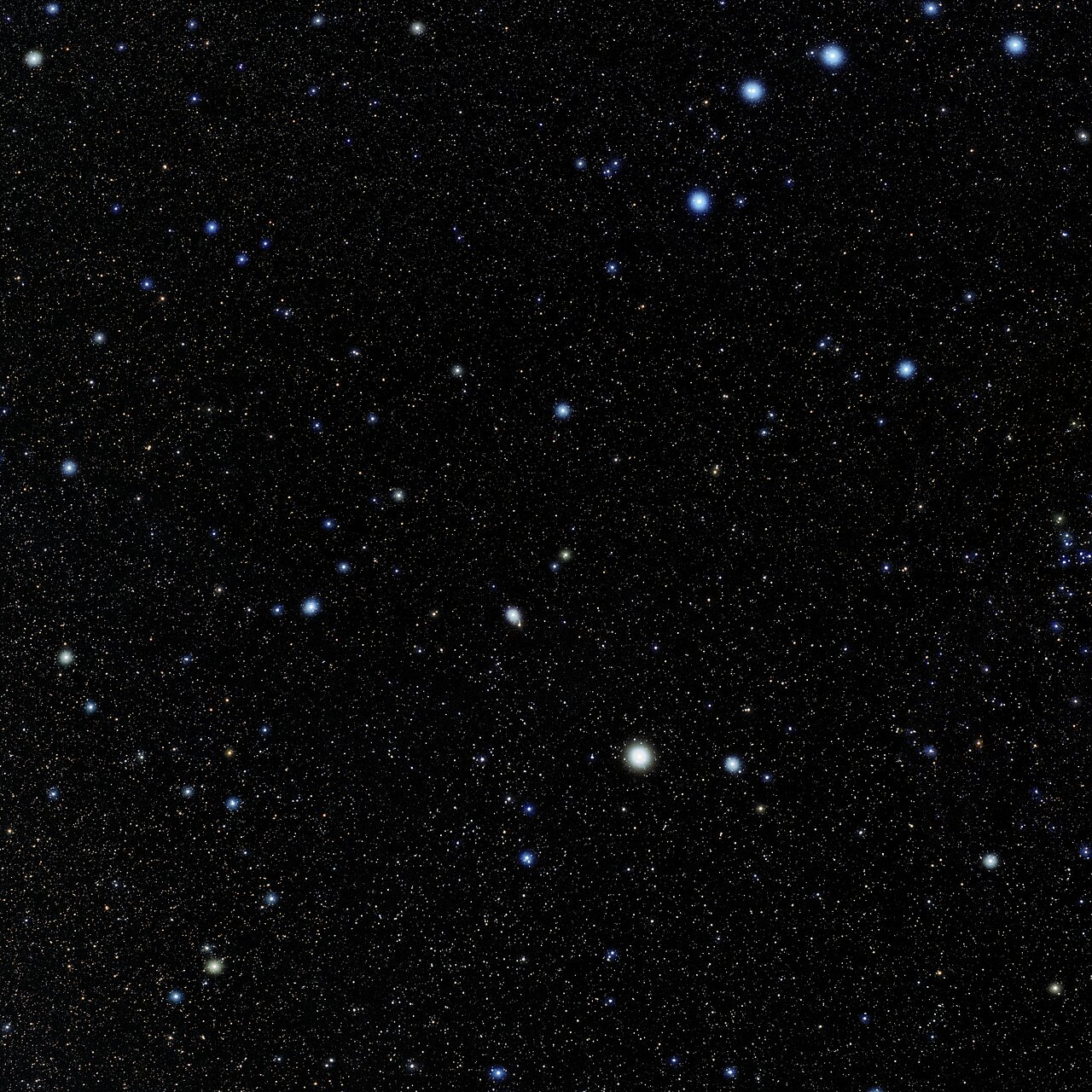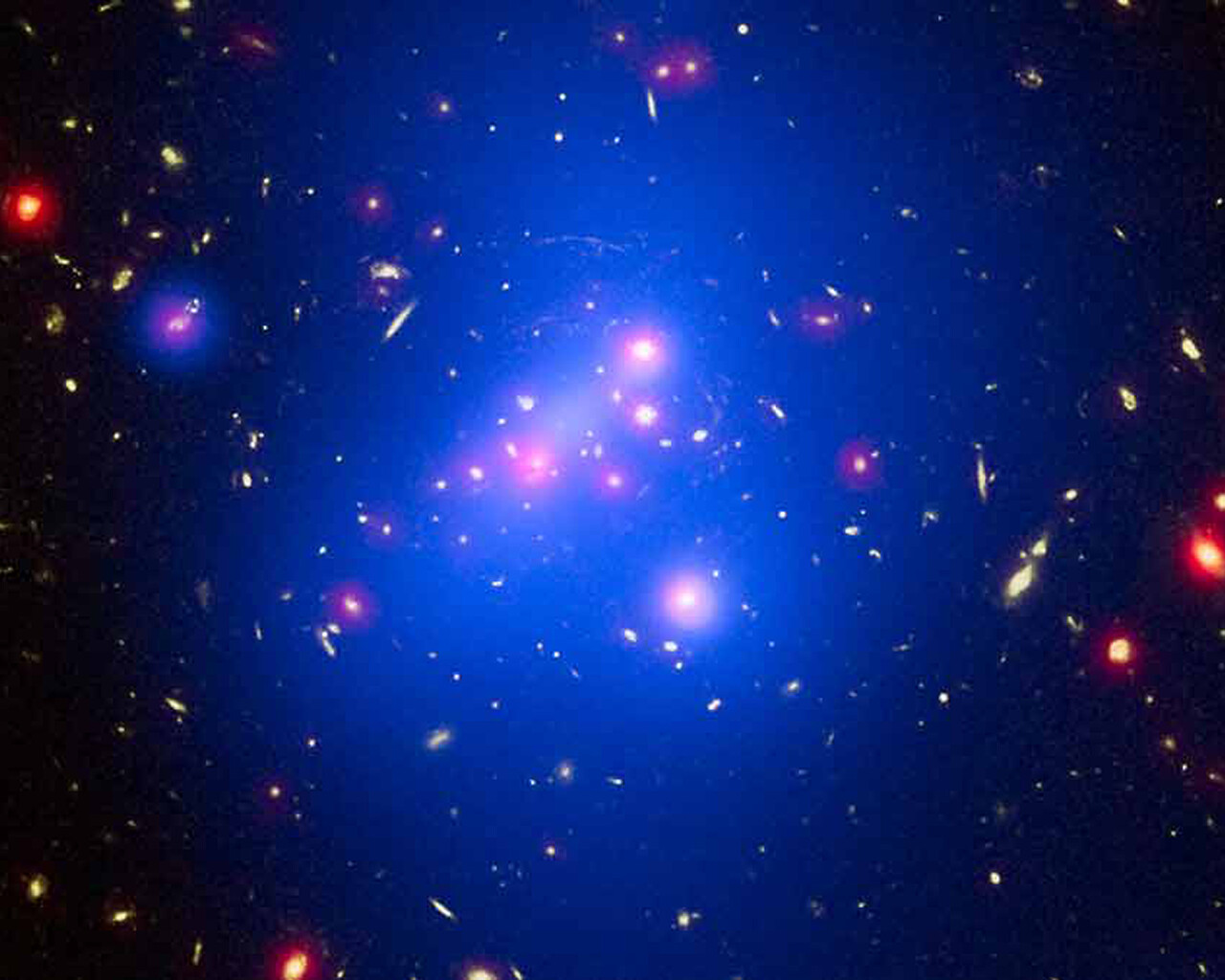Boötes
Origin
Boötes is one of the 48 constellations cataloged by the second-century astronomer Ptolemy based on earlier Greek and likely also a Babylonian predecessor. “Bootes” is a Greek loanword in Latin. The original Greek term translates “Ploughman”, in Latin it was used for “herdsman” and due to folk etymology also for ‘ox driver’. Boötes is a spring and summer constellation in the northern hemisphere. The farther south you are located, the less time in the year you will see Boötes.
Bright Stars
Boötes is home to Arcturus, one of the brightest stars in the sky at a magnitude of –0.05. Arcturus is an orange giant about 37 light-years from Earth. Stargazers frequently follow the arc in the handle of the Big Dipper to ‘Arc to Arcturus’ but the star name is originally ancient Greek, spelled Arkturos and meaning “the Guard”..
Muphrid (Eta Boötis) denotes the upper left leg of Boötes and shines at a magnitude of 2.68 and lies 37 light-years from Earth. Arcturus and Muphrid are relatively close together in space as they lie about 3.3 light-years away from each other.
Nekkar (Beta Boötis) shines at a magnitude of 3.5 and marks the head of the herdsman. Nekkar is a yellow giant which is cooling and has moved off the main sequence.
Izar (Epsilon Boötis) has a magnitude of 2.37 but it is a triple star system and popular with amateur astronomers. The primary star is a yellow/orange giant that shines at a magnitude of 2.5 accompanied by a magnitude-4.6 blue star. The third star is a much fainter 12th-magnitude star.


 Photo of the constellation Boötes produced by NOIRLab in collaboration with Eckhard Slawik, a German astrophotographer.
The annotations are from a standardized set of 88 western IAU constellations and stick figures from Sky & Telescope. Please find here a non-annotated version of the image.
Photo of the constellation Boötes produced by NOIRLab in collaboration with Eckhard Slawik, a German astrophotographer.
The annotations are from a standardized set of 88 western IAU constellations and stick figures from Sky & Telescope. Please find here a non-annotated version of the image.
Credit: E. Slawik/NOIRLab/NSF/AURA/M. Zamani
Notable Objects
In addition to Izar (mentioned above) Kappa Boötis (also known as Kappa Boo) is a popular double star to observe, consisting of a white primary and blue secondary star resulting in a nice color contrast in small telescopes. These stars are 155 and 196 light-years away respectively so this system is an optical double.
Boötes is home to NGC 5466, a sparse globular cluster with low surface brightness that requires a reasonably sized telescope to view.
Boötes is home to the Quadrantid Meteor shower which peaks 3–4 January every year. Although the quadrantids can produce over 100 meteors per hour, the peak is very short, lasting only a few hours, so you may miss it unless it happens to be night where you are during the peak! Check astronomy sites for the time of the peak in any given year.













